
Published:
Readtime: 3 min
Every product is carefully selected by our editors and experts. If you buy from a link, we may earn a commission. Learn more. For more information on how we test products, click here.
In January 1999, at the Detroit Motor Show, BMW pulled the covers off its much-talked-about X5 SUV.
It was a high-stakes product for the brand since it was a vehicle that deviated from the traditional sedans and sports cars it had become known for. Most importantly, it was aimed squarely at SUVs like the Mercedes ML and the Range Rover, so it had to impress. It wasn’t long before the sharply styled X5 carved its niche with keen handling and a delectable line-up of engines. It paved the way for a new lineup of BMW offerings, and today, it continues to be one of the most popular cars on the road.
It’s difficult for a vehicle to maintain relevance for a quarter of a century, but the X5 is even more popular now. With over 3 million cars sold worldwide and around 75,000 in Australia since its local market introduction in 2000, the X5 is the second best-selling BMW in Australia after the 3 Series sedan.
It’s not a number to be scoffed at since, despite many SUV offerings above or below it in the range, the X5 still retains its position as the default premium luxury family SUV or SAV, as BMW puts it.
RELATED: These are the best luxury car brands in the world, according to us.
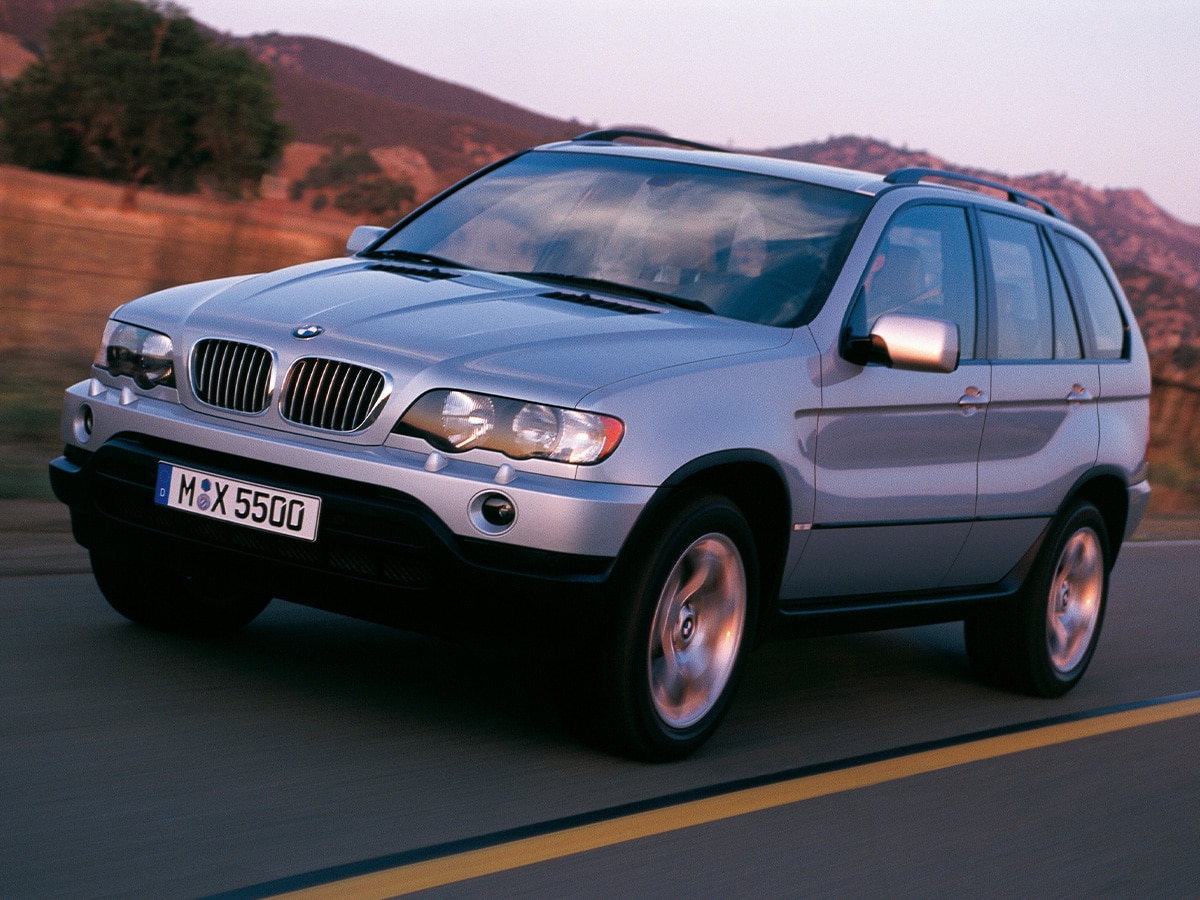
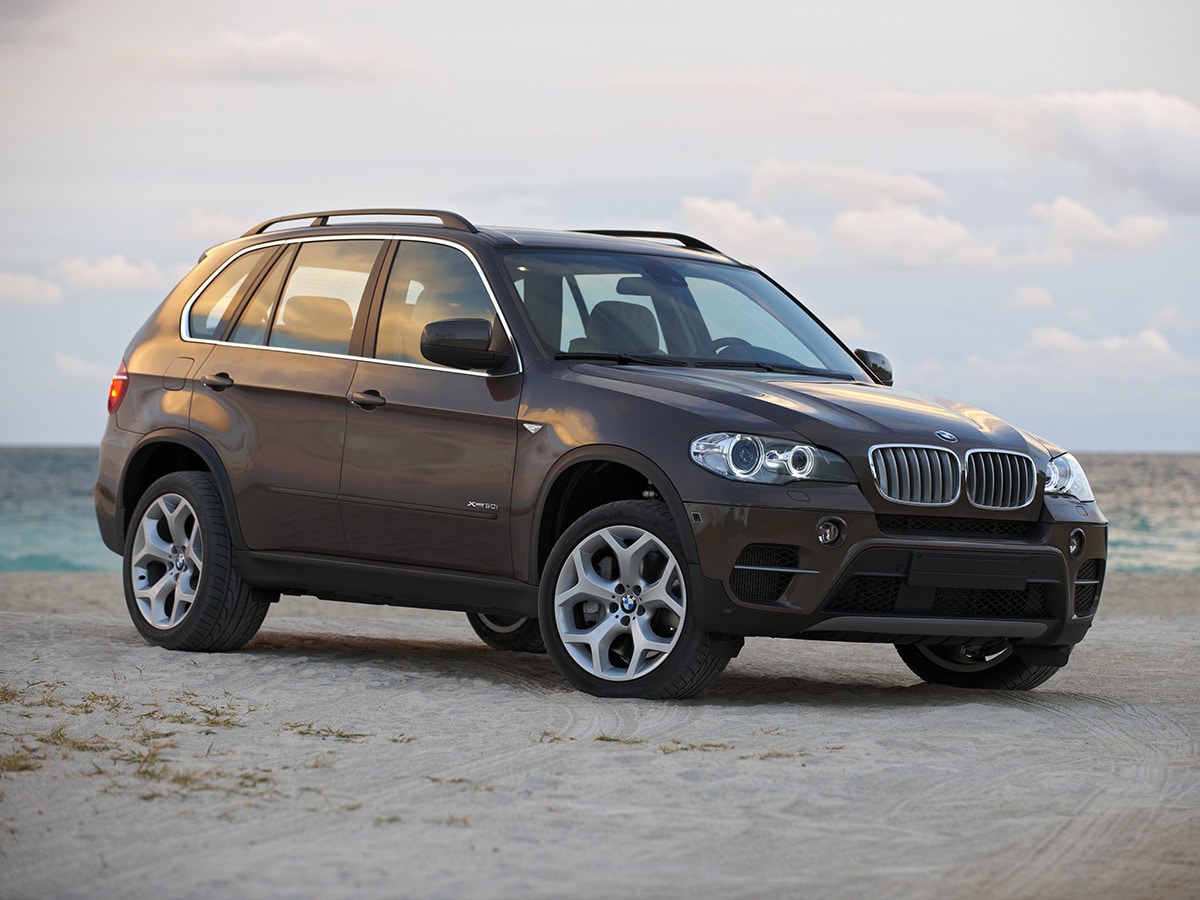
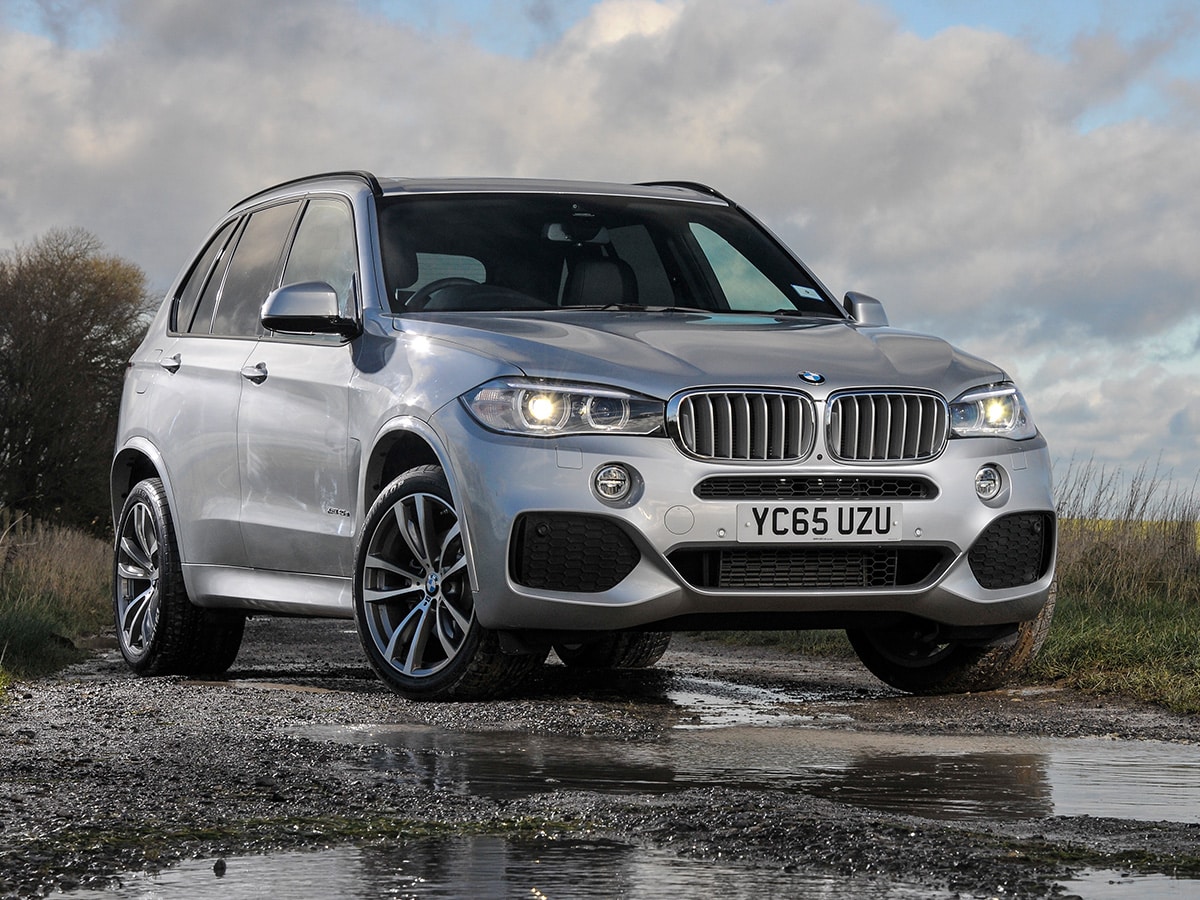
Built alongside other BMW X line models such as the X3, X4, X6 and X7 in South Carolina, USA, the X5 in its fourth-generation avatar has grown significantly but retains its dynamic charm.
In Australia, the popularity of the X5 skyrocketed with the introduction of a diesel engine, which helped with towing and long road trips. At the same time, the X5, in its original form, also came with a manual transmission.
The second-generation model introduced locally in 2007 was an even bigger leap forward with the fabled iDrive, active steering, a heads-up display, and the option of a third row of seats. In this generation, the X5 grew larger and had more space, which was crucial. For BMW loyalists, the X5 also diversified into the fast-growing performance SUV genre in 2010 and was the first SAV to get the ‘M’ badge.
The third-generation model in 2013 was a pivotal torchbearer and made this moniker the best seller in its class with a larger 10.25-inch display, Adaptive LED headlights and the option of a four-cylinder diesel for the first time along with a plug-in hybrid variant.
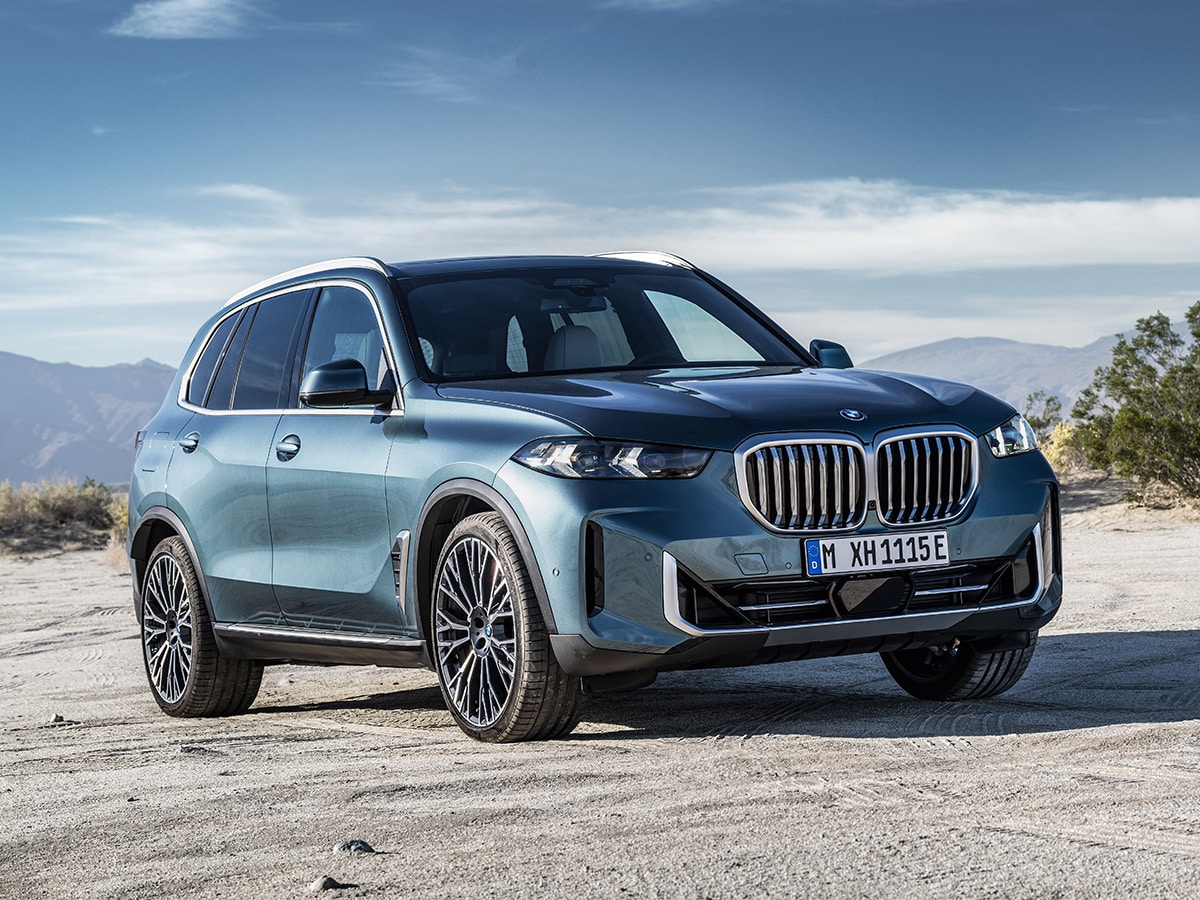
The current fourth-generation model can be termed the most technologically advanced iteration of the X5 yet, including driver assistance features, the latest curved display, and a mild-hybrid set-up for its diesel plus petrol powertrains. In this generation, the towing capacity increased to 3.5 tonnes, and BMW added the X5 M Competition variant with an even more driver-focused appeal.
Hence, with such a wide array of qualities, the X5 continues to be one of the most fun family luxury SUVs to drive despite tough competition. Going forward, we can expect the first fully electric iX5 to be added to the range, with the hydrogen fuel cell EV expected to enter production in 2028.
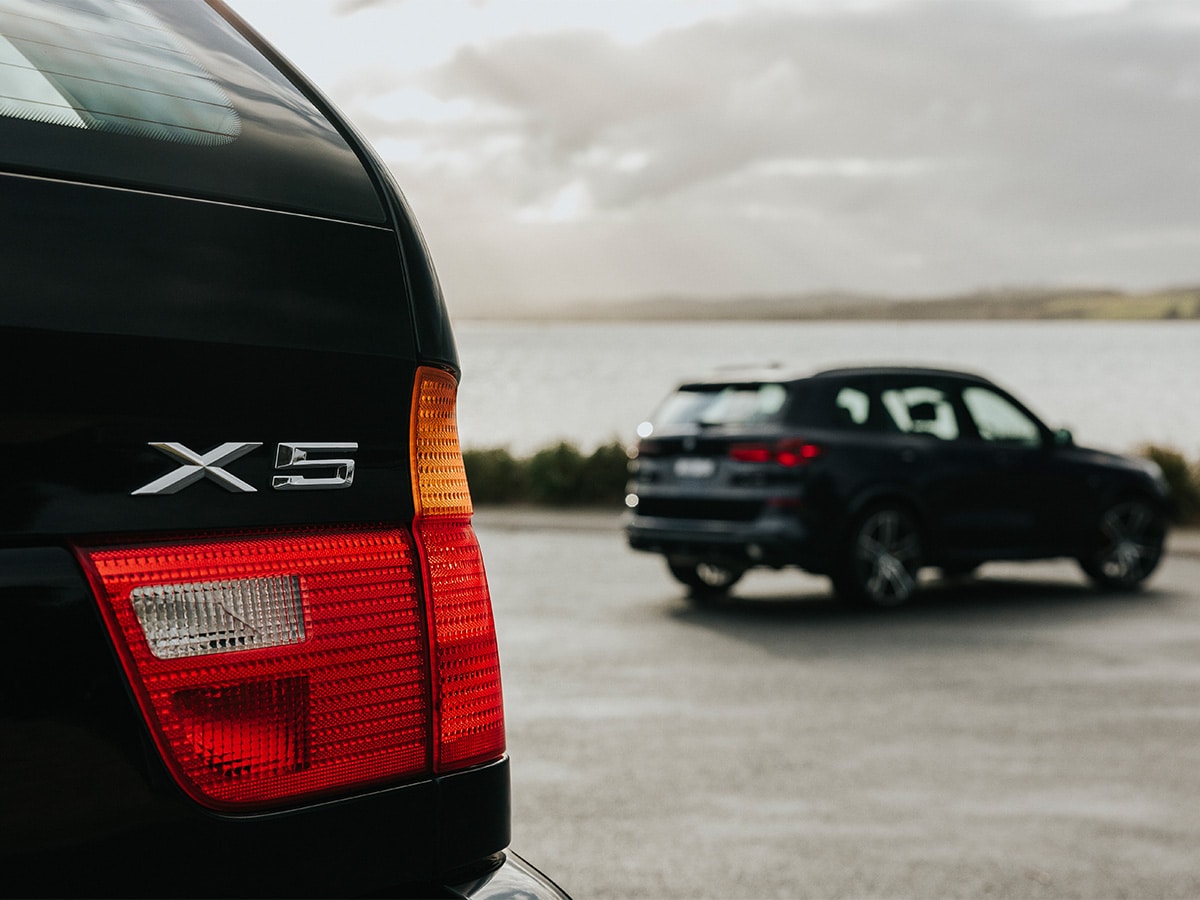
You’ll also like:






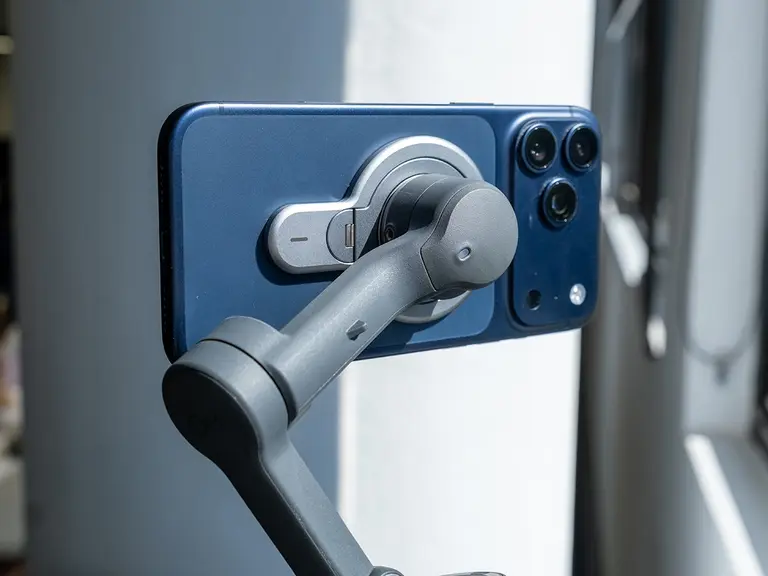


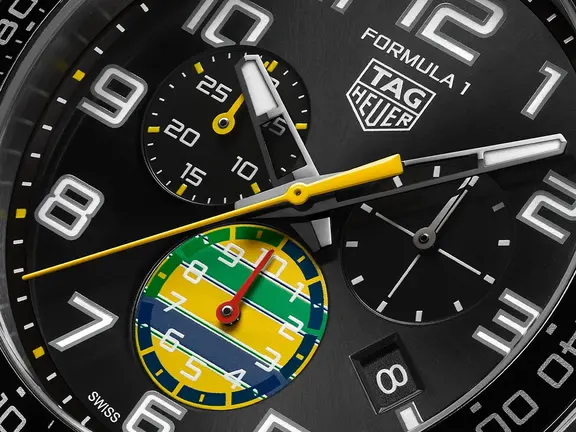
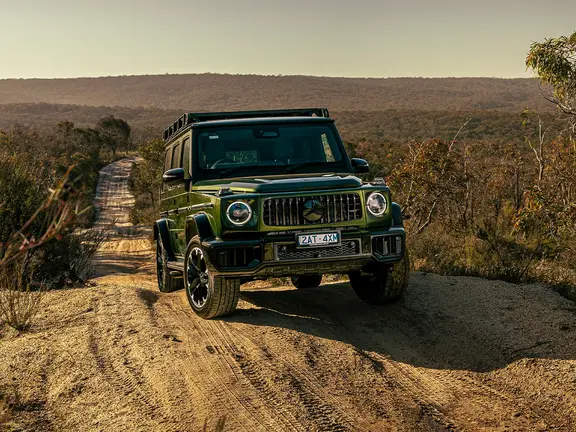













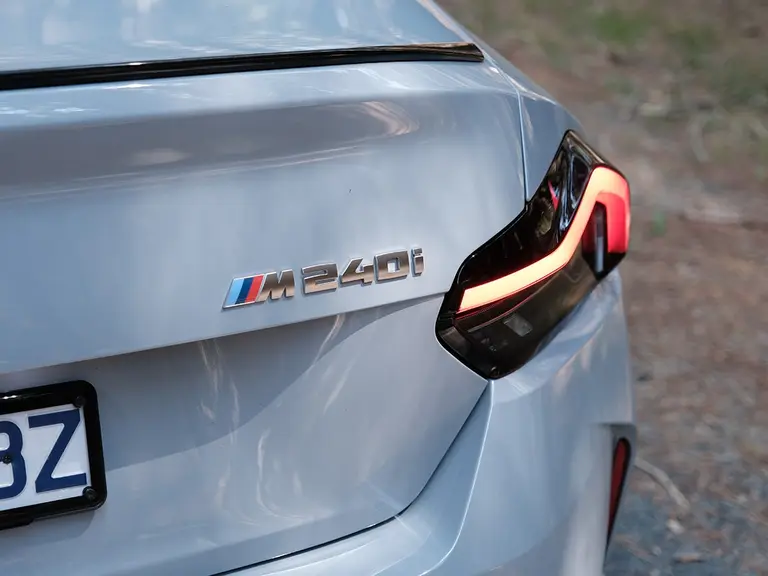
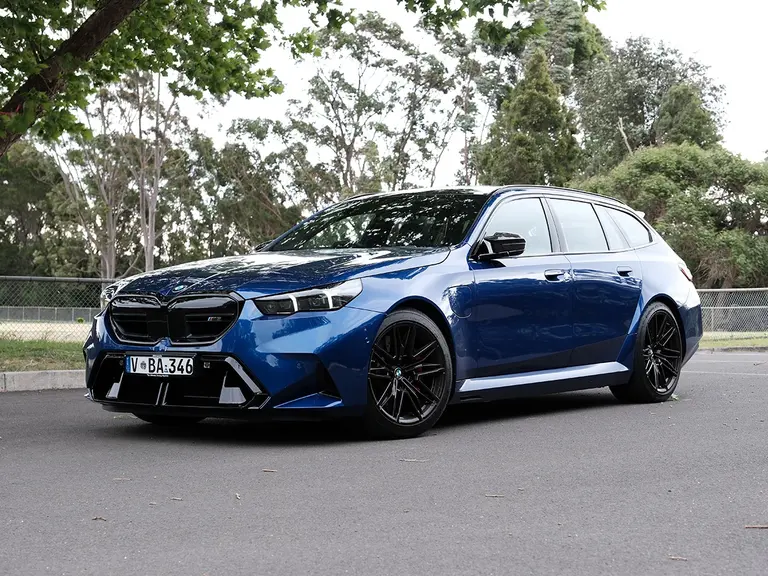





Comments
We love hearing from you. or to leave a comment.